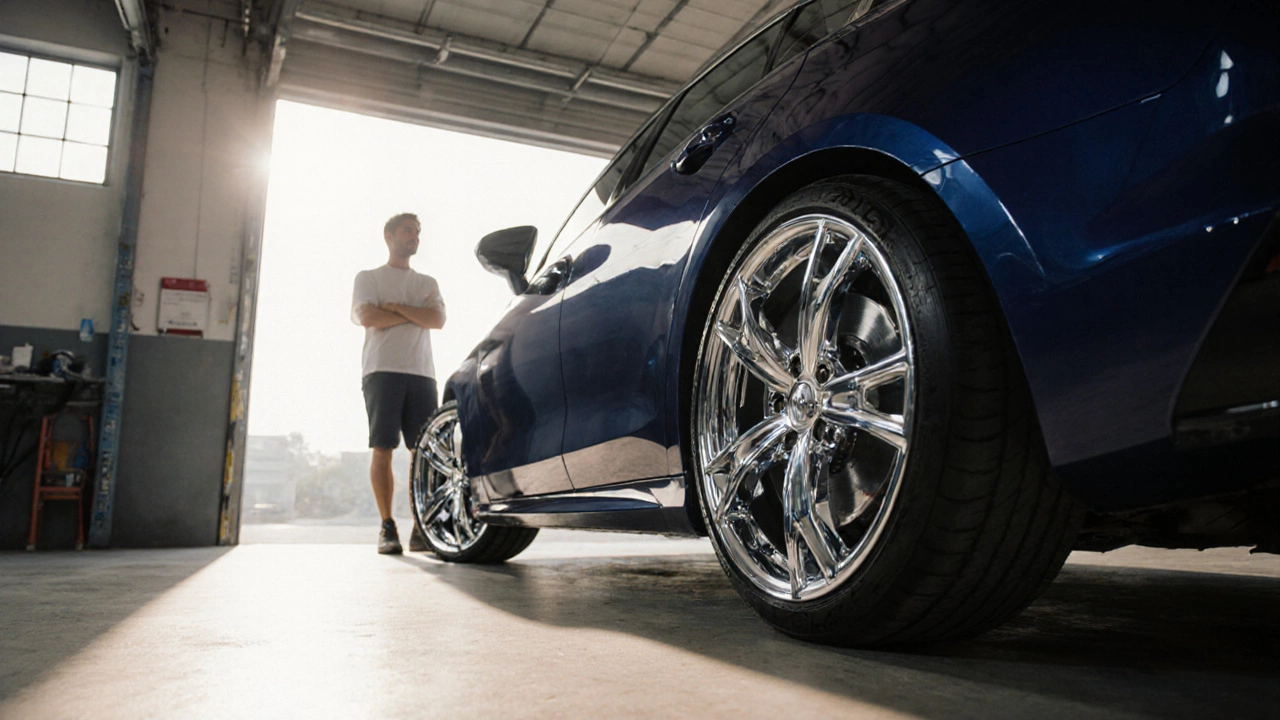Insurance Premium: What Drives Your Car Insurance Costs
When thinking about Insurance Premium, the amount you pay for a car insurance policy, calculated from risk factors and coverage choices. Also known as policy cost, it directly impacts your monthly budget. Car Insurance, a contract that protects you against financial loss from accidents and theft uses the premium as its price tag. The premium encompasses Risk Assessment, the insurer’s analysis of how likely you are to file a claim based on driver history, vehicle type, and usage patterns. Vehicle Modification, any change you make to a car’s appearance or performance, such as wraps, LED headlights, or custom wheels influences that assessment because it can alter safety, visibility, or repair costs. At the same time, a well‑chosen Policy Discount, a reduction in premium offered for safe driving, low mileage, or safety upgrades can lower the overall amount you pay. In short, insurance premium is a dynamic figure shaped by risk assessment, vehicle modifications, and any discounts you qualify for.
How Common Modifications Change Your Premium
Most drivers don’t realize that a simple car wrap can affect insurance. A matte or glossy vinyl layer changes a vehicle’s color and can hide minor scratches, which some insurers view as a potential conceal‑and‑damage risk, nudging the premium up a few pounds. LED headlights, on the other hand, improve night‑time visibility and may qualify you for a safety discount, but if the lights are non‑compliant with local regulations, they could trigger a penalty that raises the premium instead. Wheel spacers widen the track, offering a sportier stance, yet they also increase stress on suspension components and may lead to faster tire wear – factors insurers flag during a risk assessment. Custom carbon‑fiber parts are lightweight and strong, often praised for performance, but if they’re not OEM‑approved they can be deemed high‑risk, again nudging the premium higher. Even interior upgrades like bespoke seats or premium sound systems can be seen as added value, meaning a higher replacement cost if the car is written off, which insurers factor into the price. Across the board, each modification either reduces risk (better lighting, safety gear) or adds perceived risk (non‑standard parts, aesthetic changes), and the insurer adjusts the premium accordingly.
To keep your insurance premium from ballooning, start by informing your provider about every modification before you file a claim. Accurate data lets the risk assessment reflect reality rather than assumptions, and it opens the door to potential discounts for approved safety upgrades. Compare quotes from multiple insurers; some specialise in modified‑vehicle coverage and may offer lower rates for the same set of changes. Consider bundling policies or adding a no‑claims bonus protector, both of which can shave dollars off the annual cost. Finally, stay on top of local regulations – installing compliant LED headlights or using approved wrap materials avoids fines that would otherwise spike your premium. Below you’ll find a collection of articles that dig deeper into specific mods, explain how they influence insurance costs, and share practical tips to keep your premium as low as possible.
Learn if you must inform your insurer when swapping to alloy wheels, how it affects premiums, and the steps to stay covered in Australia.

